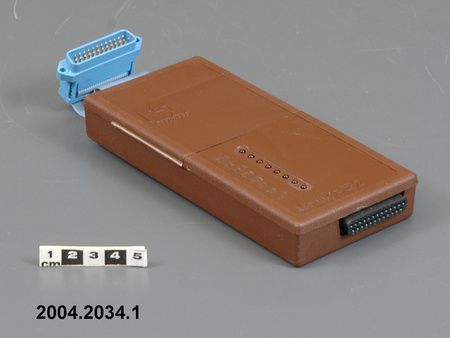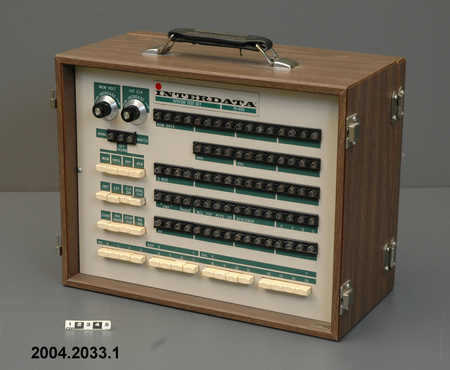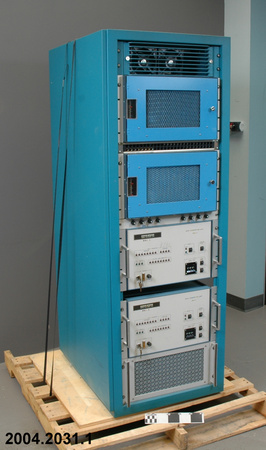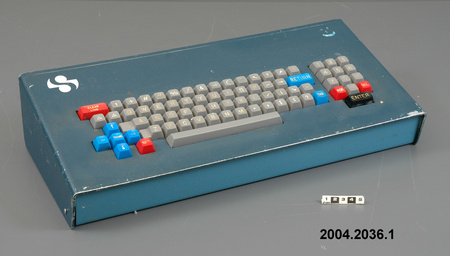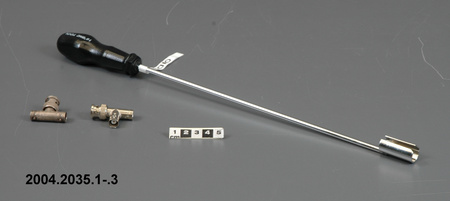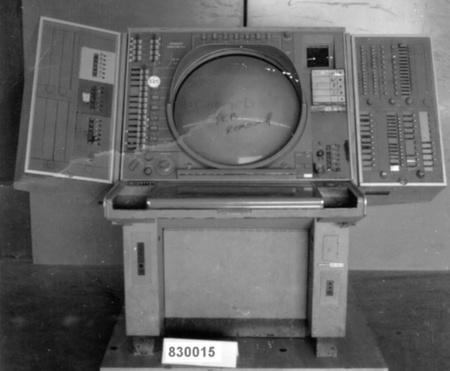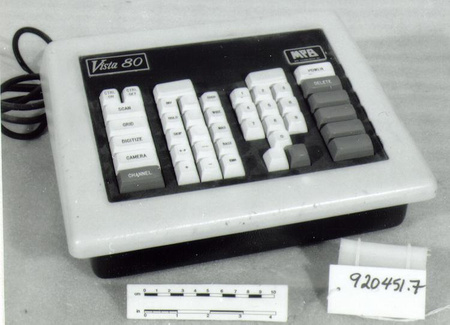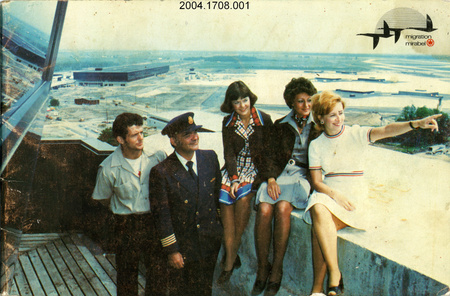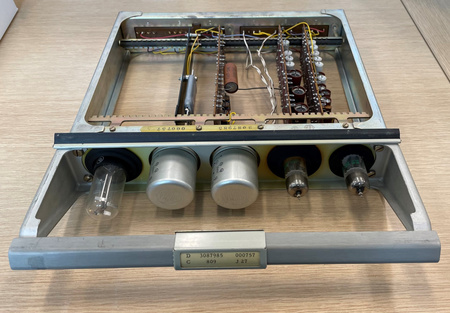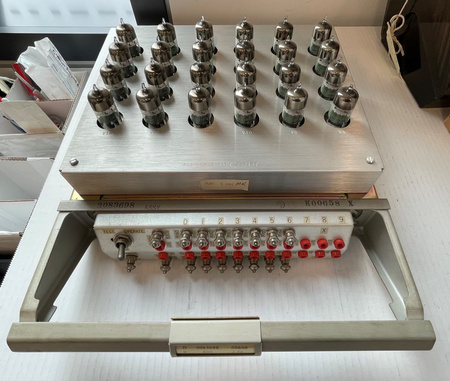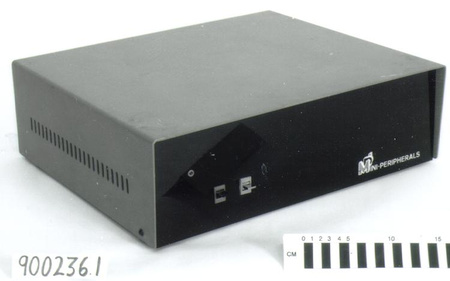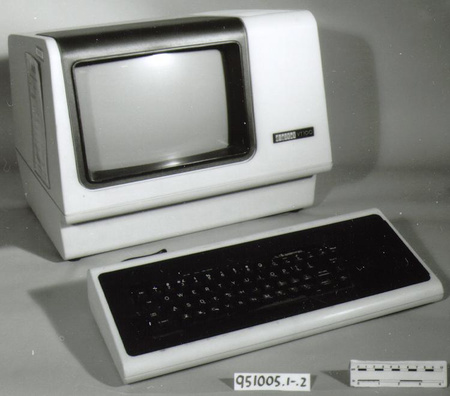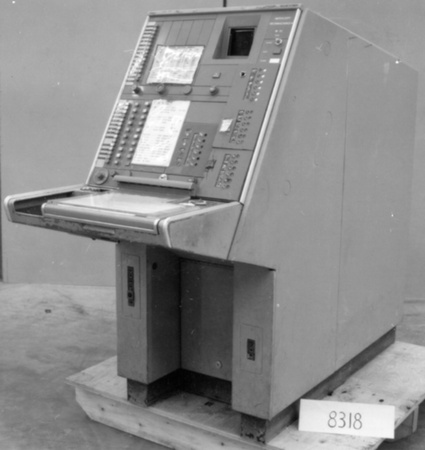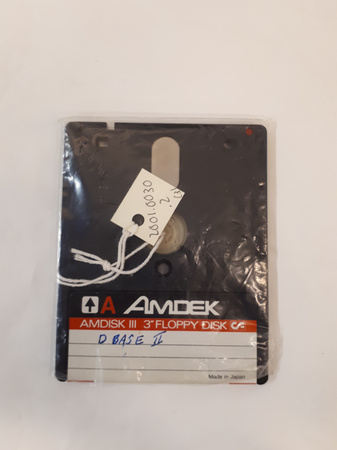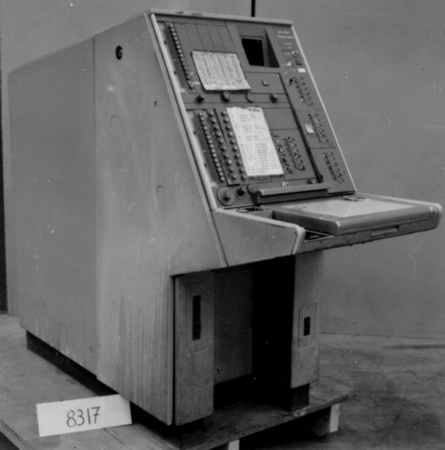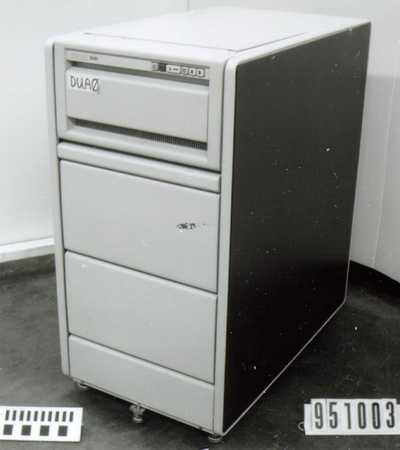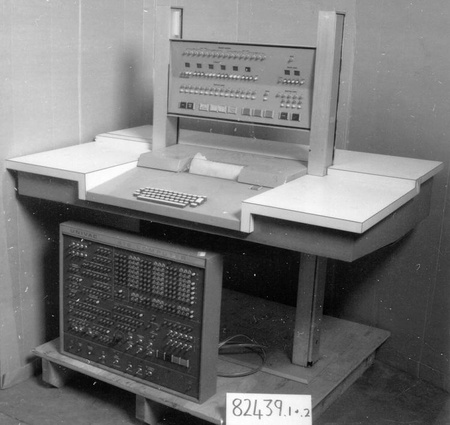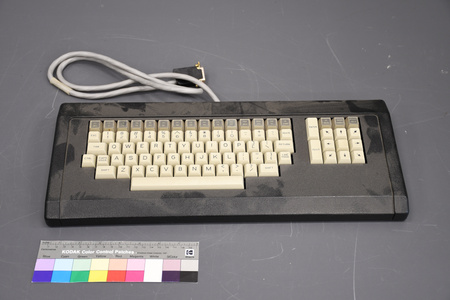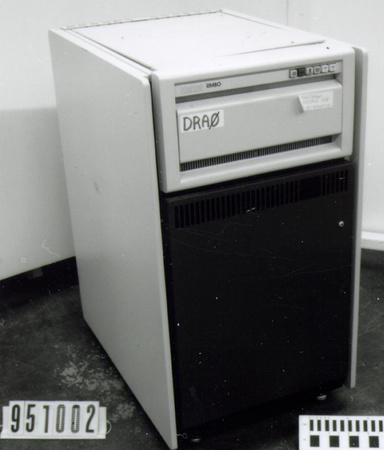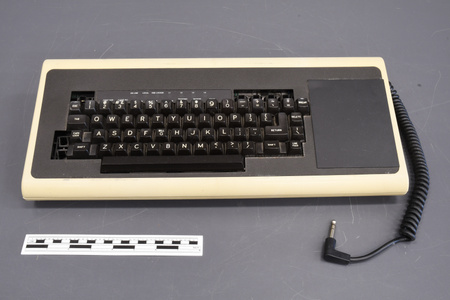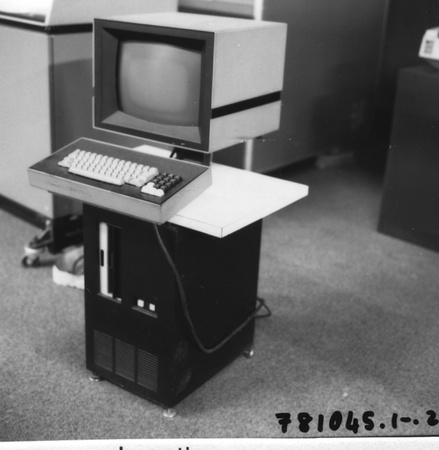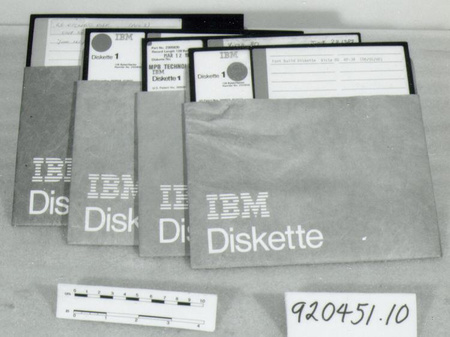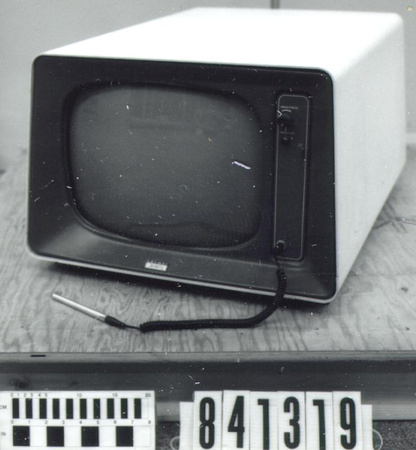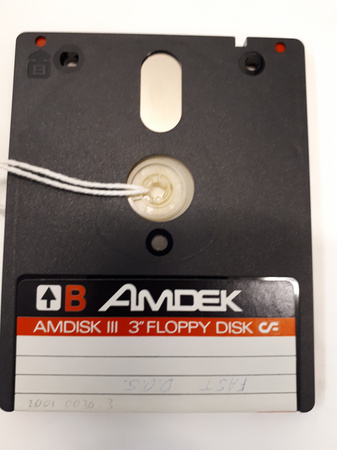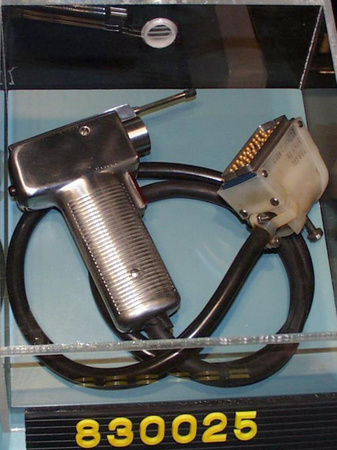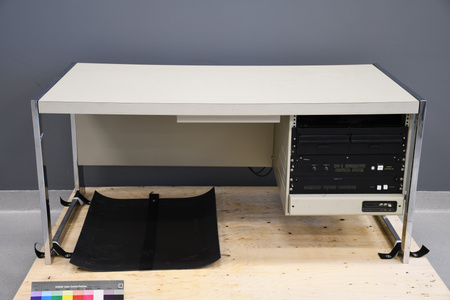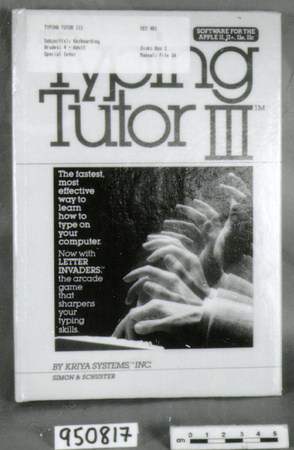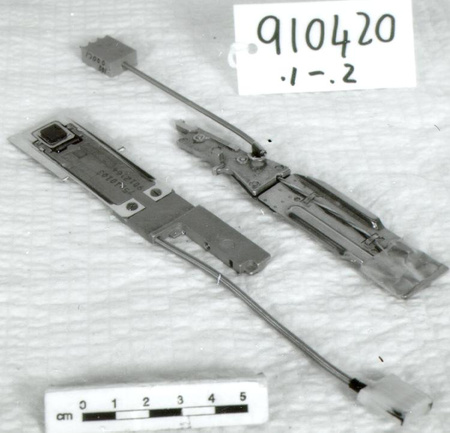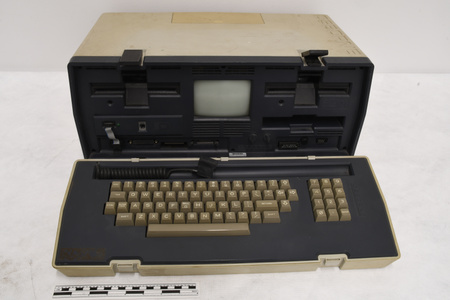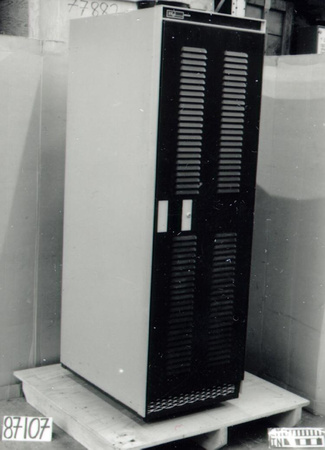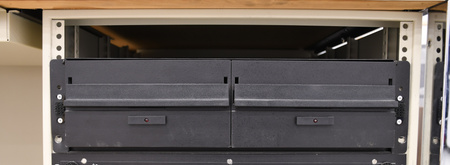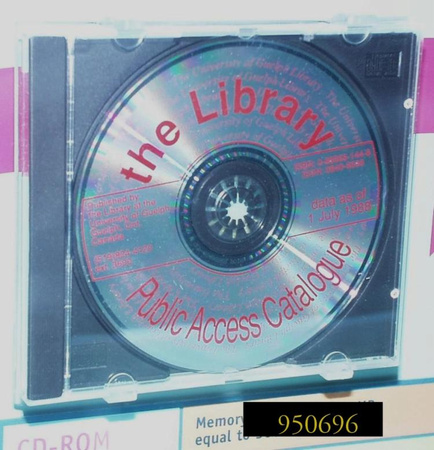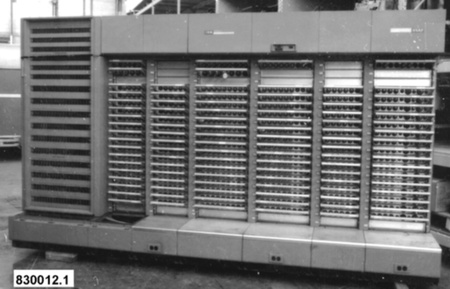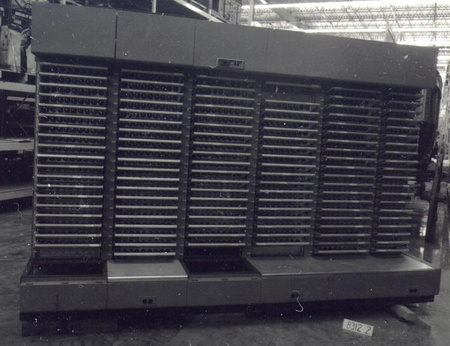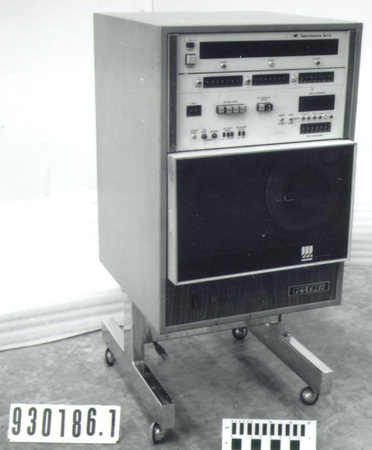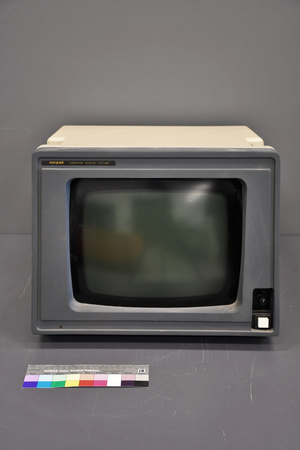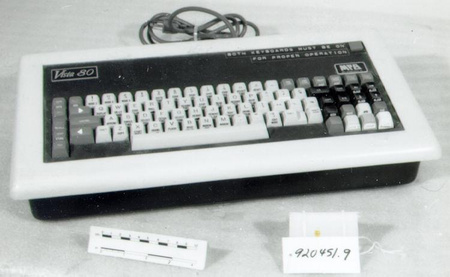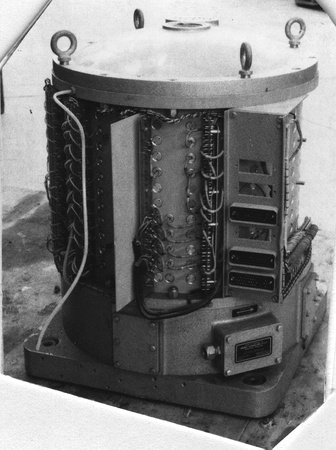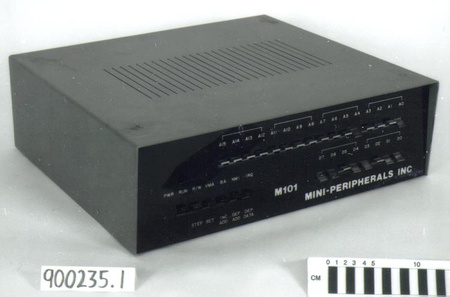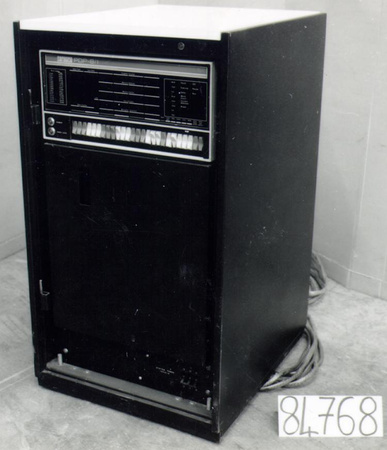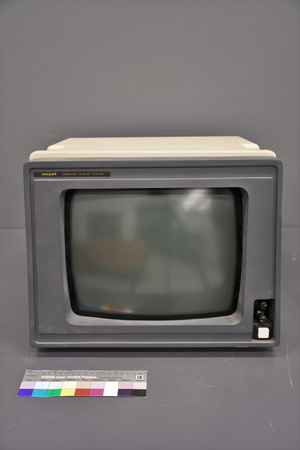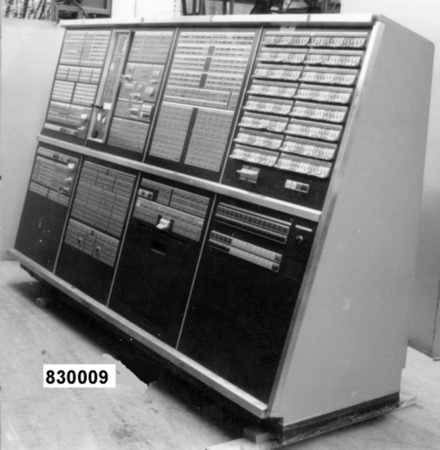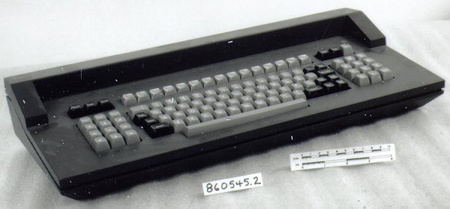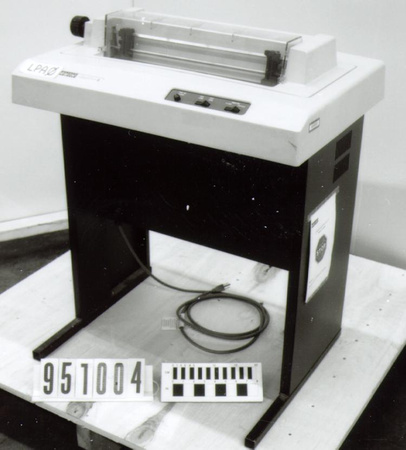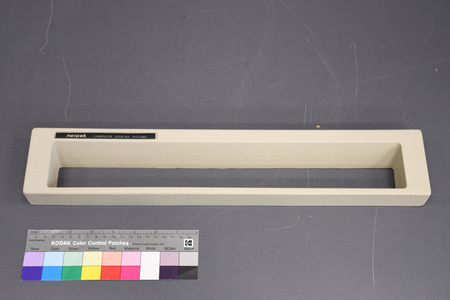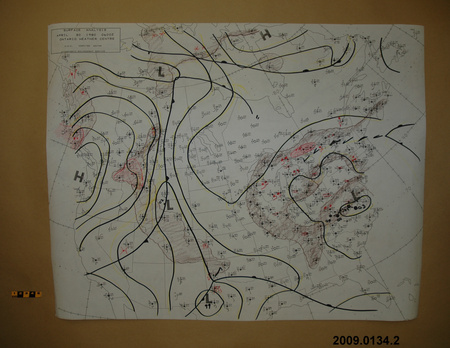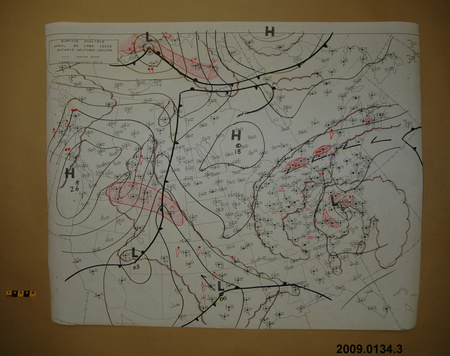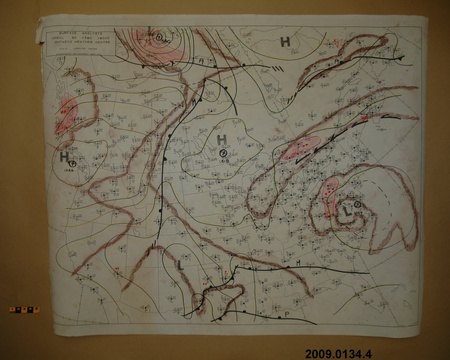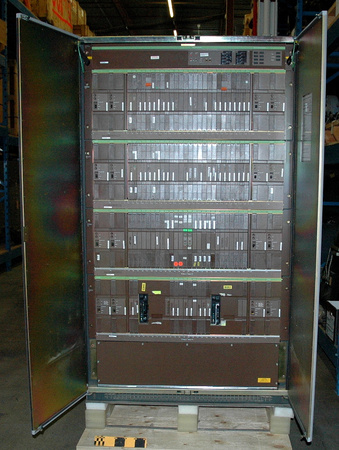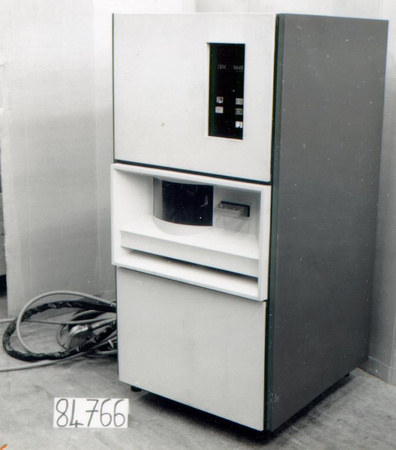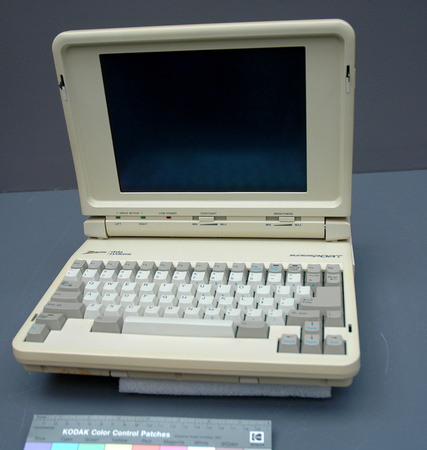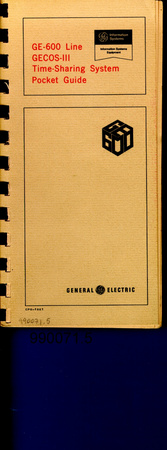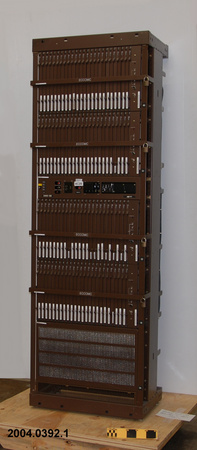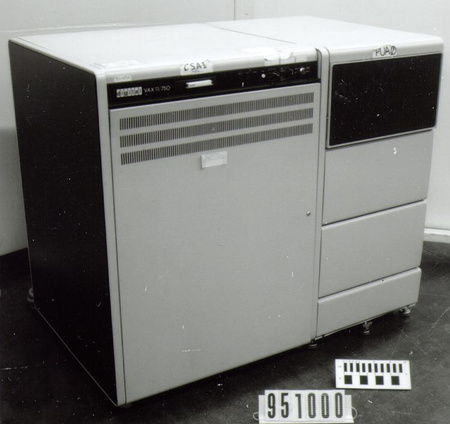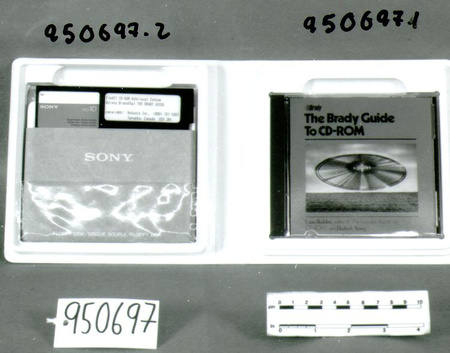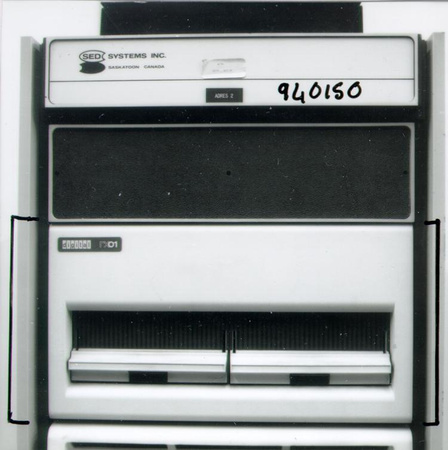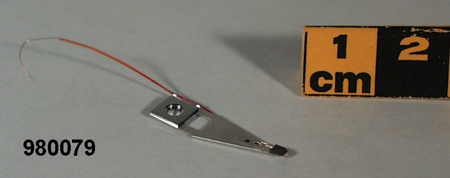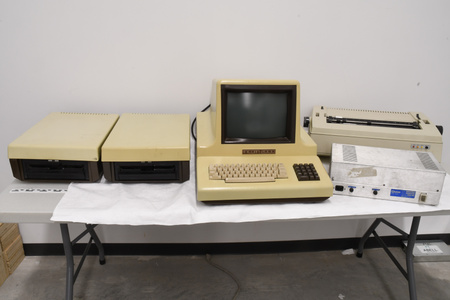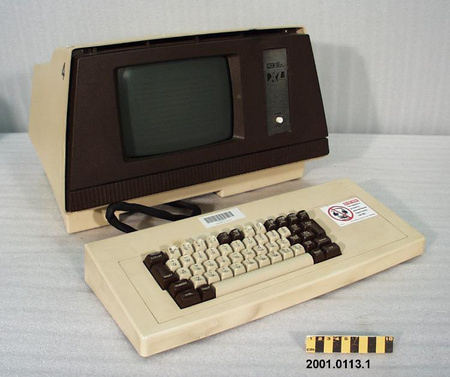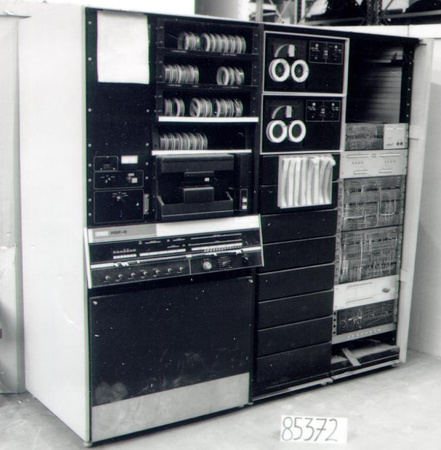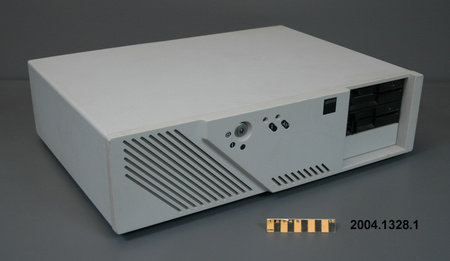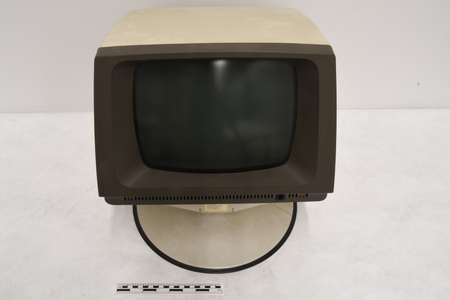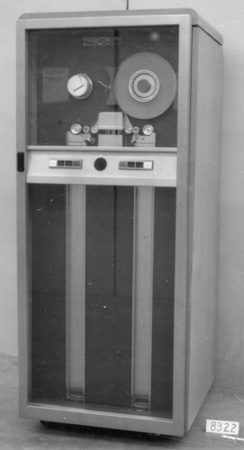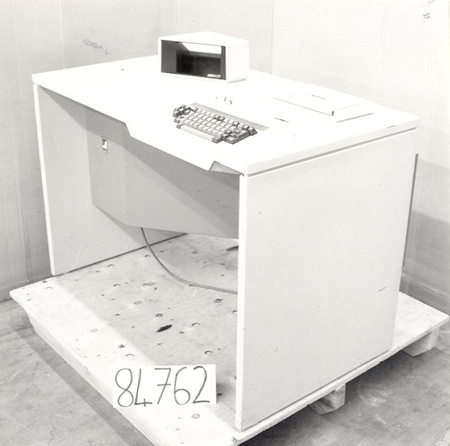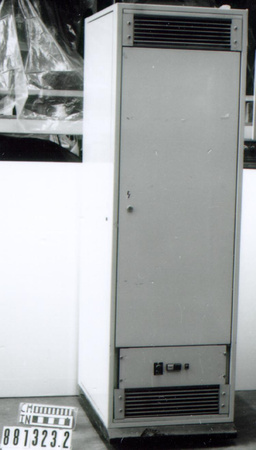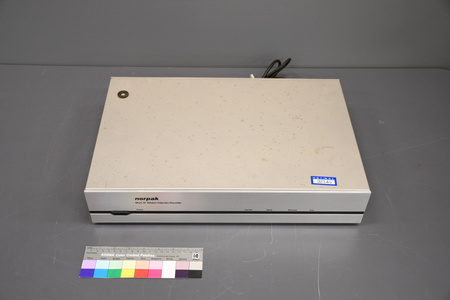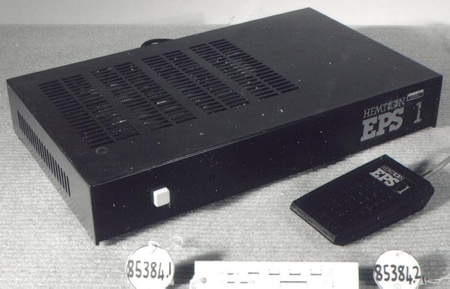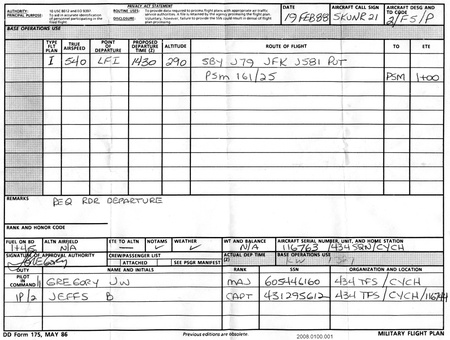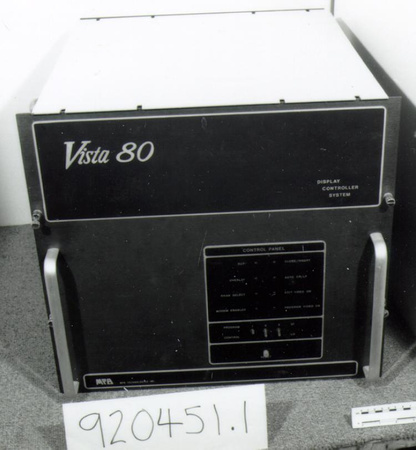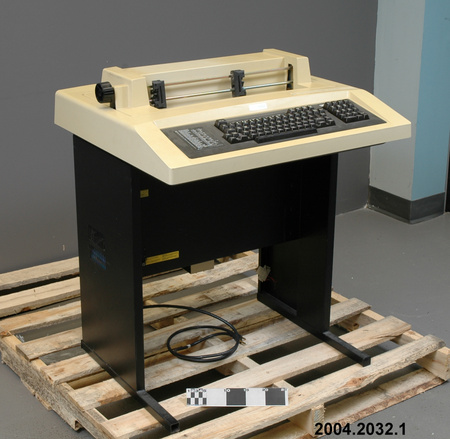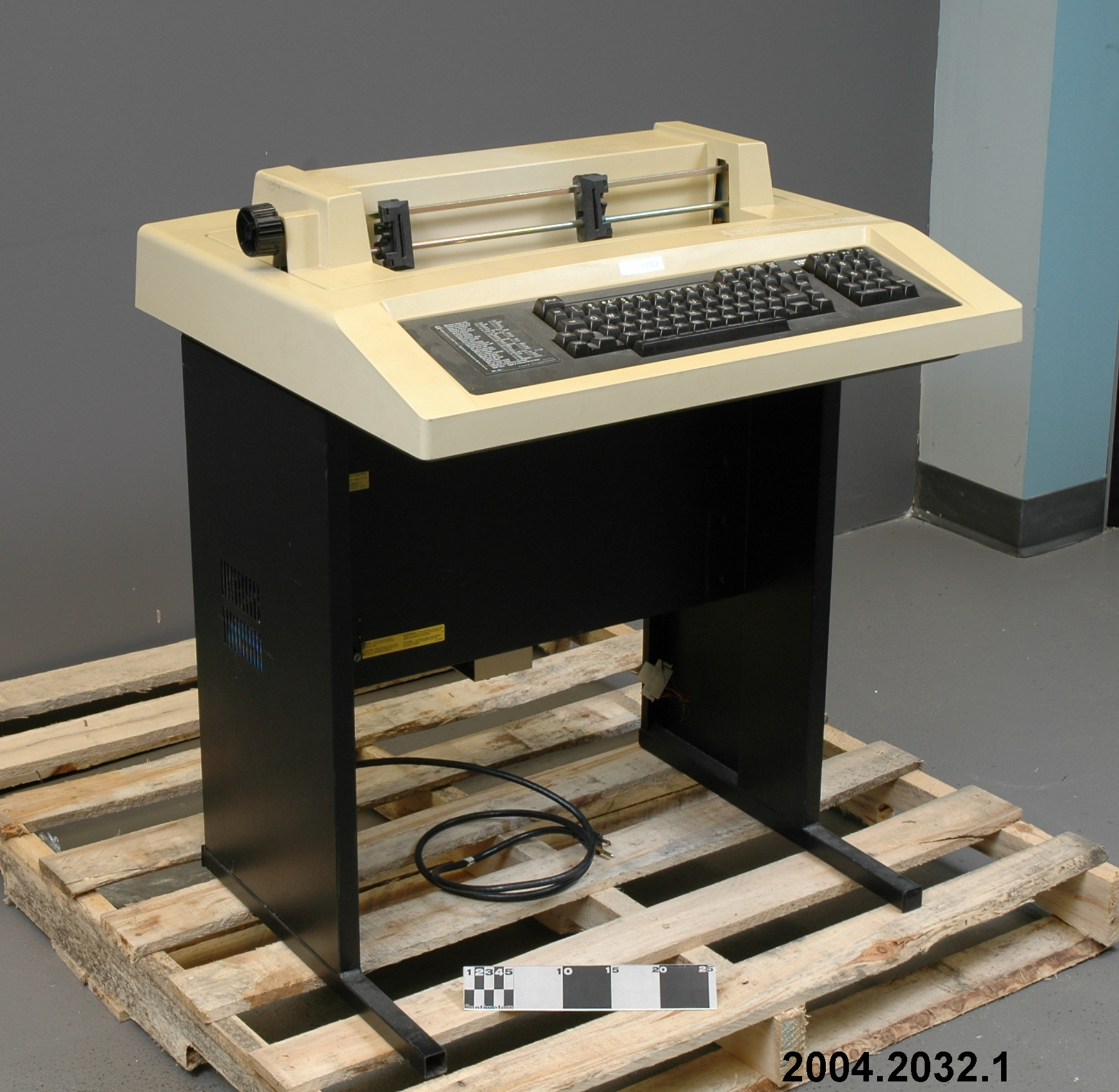Imprimante
Utiliser cette image
Puis-je réutiliser cette image sans autorisation? Oui
Les images sur le portail de la collection d’Ingenium ont la licence Creative Commons suivante :
Copyright Ingenium / CC BY-NC-ND (Attribution-NonCommercial 4.0 International (CC BY-NC 4.0)
ATTRIBUER CETTE IMAGE
Ingenium,
2004.2032.001
Permalien:
Ingenium diffuse cette image sous le cadre de licence Creative Commons et encourage son téléchargement et sa réutilisation à des fins non commerciales. Veuillez mentionner Ingenium et citer le numéro de l’artefact.
TÉLÉCHARGER L’IMAGEACHETER CETTE IMAGE
Cette image peut être utilisée gratuitement pour des fins non commerciales.
Pour un usage commercial, veuillez consulter nos frais de reproduction et communiquer avec nous pour acheter l’image.
- TYPE D’OBJET
- dot matrix printer/keyboard
- DATE
- 1978
- NUMÉRO DE L’ARTEFACT
- 2004.2032.001
- FABRICANT
- Digital Equipment Corp.
- MODÈLE
- Decwriter III/ LA120 BA
- EMPLACEMENT
- Inconnu
Plus d’information
Renseignements généraux
- Nº de série
- PNS7067
- Nº de partie
- 1
- Nombre total de parties
- 1
- Ou
- Terminal
- Brevets
- S/O
- Description générale
- Synthetic casing and parts/ Metal pedestal and parts/ Synthetic and metal printer parts
Dimensions
Remarque : Cette information reflète la taille générale pour l’entreposage et ne représente pas nécessairement les véritables dimensions de l’objet.
- Longueur
- 69,5 cm
- Largeur
- 60,2 cm
- Hauteur
- 81,5 cm
- Épaisseur
- S/O
- Poids
- S/O
- Diamètre
- S/O
- Volume
- S/O
Lexique
- Groupe
- Technologie informatique
- Catégorie
- Périphériques numériques
- Sous-catégorie
- S/O
Fabricant
- Ou
- Digital
- Pays
- Inconnu
- État/province
- Inconnu
- Ville
- Inconnu
Contexte
- Pays
- Canada
- État/province
- Terre-Neuve-et-Labrador
- Période
- circa 1978-+
- Canada
-
A component of a Canadian designed and at least partly Canadian manufactured computerized data acquisition and display unit for air traffic control. The Electronic System Master Plan for Mirabel Airport identified a need to consolidate the display of information required by air traffic controllers. A system was needed that could collect this information and present it on a television type display. The prototype and software (16-bit) was developed in house at NAVCAN in 1972. An engineering model was developed by the Computer Systems Group, Telecommunications and Electronics Branch of Transport Canada. This model system was built around a mini-computer and incorporated only two display channels. The major concern at the time was the quality of the display, as it had to serve both low and high ambient light conditions. The initial phase of the program had been so successful that the decision was taken to expand the procurement to supply each of the Area Control Centres in Canada, as well as Mirabel, with a system. A contract was written with I.P. Sharpe Associates of Toronto & Ottawa (and Carleton Place) being the successful bidder. Halfway through the contract the project was spun off to a new company, Goodwood Data Systems (basically the Carleton Place facility). The systems were delivered in 1975-1978 (to 7 control centres and 2 systems for the Technical Systems Centre (TSC) in Ottawa and one for the training centre in Cornwall). The contract was for apx. $1 million. The system was based on 7400 type discrete integrated circuits. The Display Site Equipment contract went to Raytheon and Raytheon Canada in Waterloo while the computers were made by DY-4 here in Ottawa. OIDS was subsequently installed at all major Canadian airports with troubleshooting and technical support backup provided by 2 systems in NAVCANs Ottawa Technical Systems Centre near the airport. Training was done in Cornwall both for techs and air traffic controllers on the third backup system. - Fonction
-
An input-output device of an electronic data acquisition and display system used in an airport for air traffic control; it printed processed computer data or programming as numbers and letters on paper.. - Technique
-
The DECwriter III, also known as the LA120, was introduced in 1978 and was the third in a series of printing terminals by Digital Equipment Corporation. There were two versions, one with a keyboard and several switches, called the LA120, and one with just the printing assembly and less switches, designated LA100. It was preceded by the DECwriter II in 1974 and was succeeded by the DECwriter IV in 1982 (Ref. 1). This printing terminal was possibly used with an early version of OIDS. The OIDS replaced analogue and hand input data used by air traffic controllers. OIDS brought together information from different sources in a convenient and constantly and automated updated fashion. It made air travel safer and more efficient because the delays caused by weather in particular were minimized. Weather data handling was improved to the point where updating a weather report was at least 4 times faster than previously. OIDS organized information into "pages" according to type of information or control position requirements. Different data would be selected by the air traffic controller only as needed. The numerous dials, readouts, teletype printouts, and overhead projections could all be removed, leaving a single, uncluttered source of information. The original OIDS, Phase 1A, provided the user with a maximum of 17 pages of data. OIDS Phase 1B provided 297 pages of data (429 pages with software version 900 (1982 upgrade)) plus the capability to make database changes on-site, such as: make changes to page formats, OIDS-ICCS cross-reference tables; weather assignments and deletions; create and delete updatable commands; position and remove updatable commands; and position and remove titles and delimiters. The heart of the OID System was a pair of Interdata Model 70 mini-computers. One computer was designated as MASTER, and the other as STANDBY. Each contained a fully configured, 128K-byte core memory, with a one-megabyte solid-state disk and necessary interfaces for interconnection with other parts of the system. Each computer had a teletypewriter and a dual-drive floppy disk unit as peripherals. Each computer had a front panel control console which was used by the system operator to view system and peripheral status, to load and startup the system. Each solid-state disk had an external write protect switch and status indicators used by the operator to protect the disk and monitor errors. - Notes sur la région
-
Inconnu
Détails
- Marques
- White and red printed label on front reads 'digital [logo] DECWRITER III'/ Label on back reads 'digital/ MODEL LA120 BA/ 120/220/240 V 6/3 A 1 PH/ 50/50 Hz 270 W 3 WIRE' and 'SER. NO. PNS7067'/ Silver and blue label on front reads 'LANPAR'/ White lettering on keys and for control functions
- Manque
- Unknown
- Fini
- Textured buff synthetic casing/ Textured black synthetic keyboard with black keys/ Black synthetic and brushed metal printer mechanism/ Textured black painted pedestal/ Black power cord
- Décoration
- S/O
FAIRE RÉFÉRENCE À CET OBJET
Si vous souhaitez publier de l’information sur cet objet de collection, veuillez indiquer ce qui suit :
Digital Equipment Corp., Imprimante, apres 1978, Numéro de l'artefact 2004.2032, Ingenium - Musées des sciences et de l'innovation du Canada, http://collection.ingenium.ca/fr/id/2004.2032.001/
RÉTROACTION
Envoyer une question ou un commentaire sur cet artefact.
Plus comme ceci
